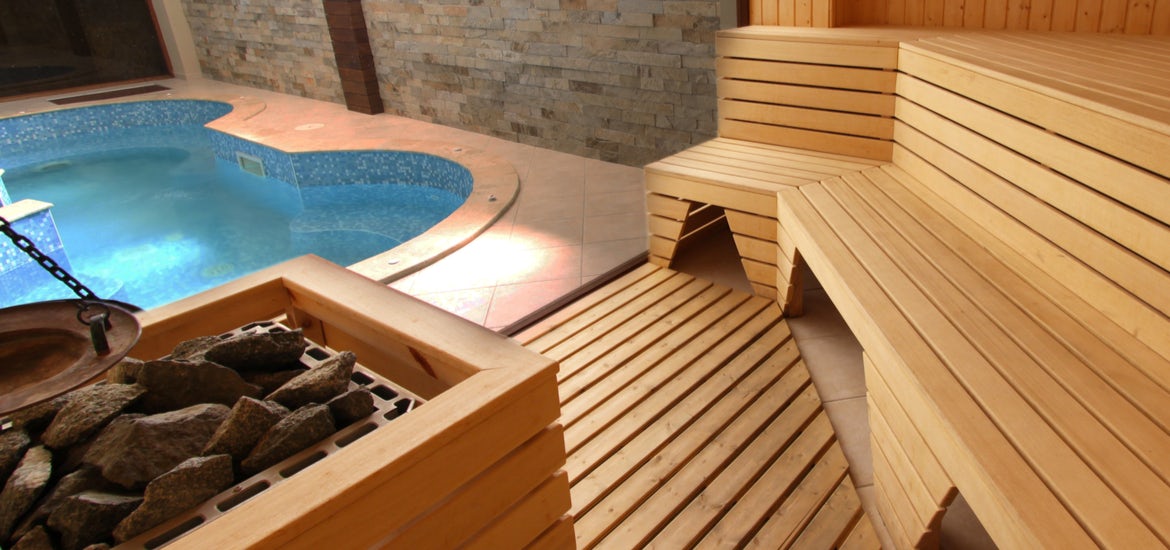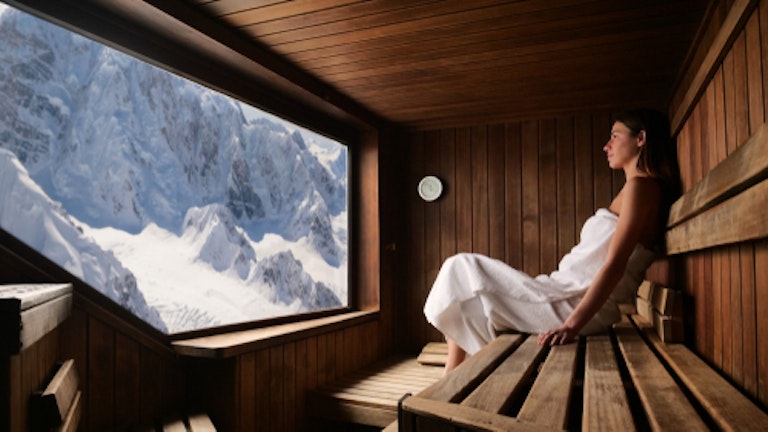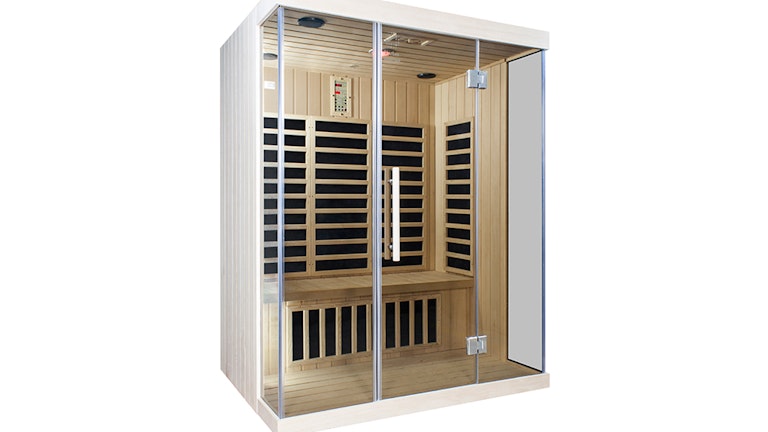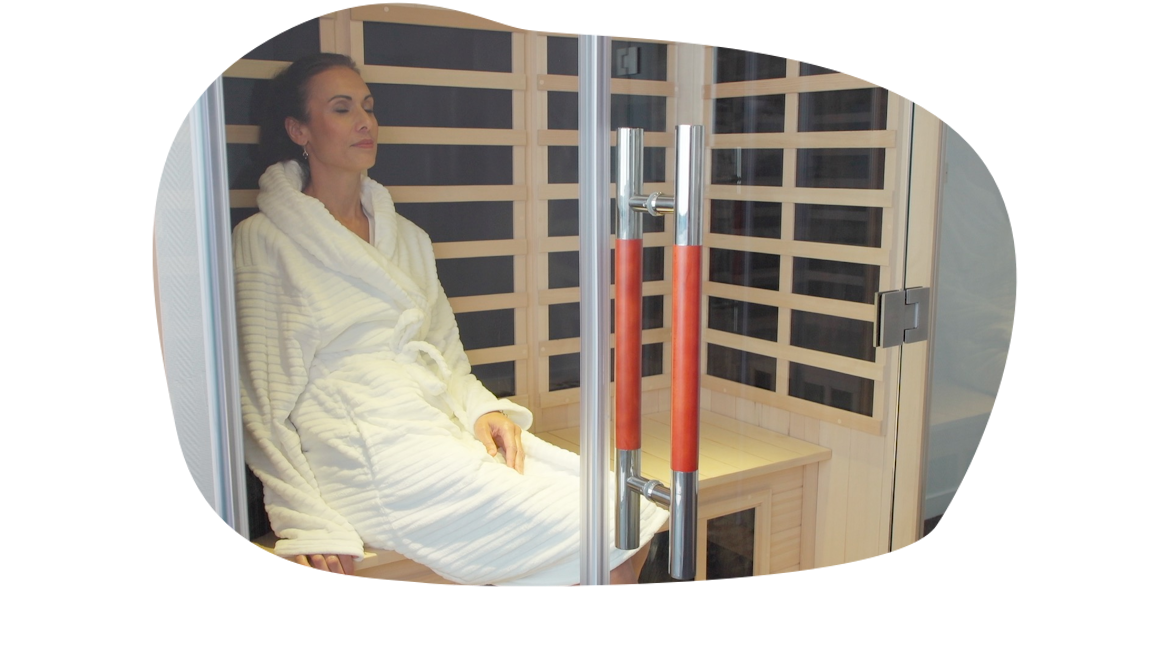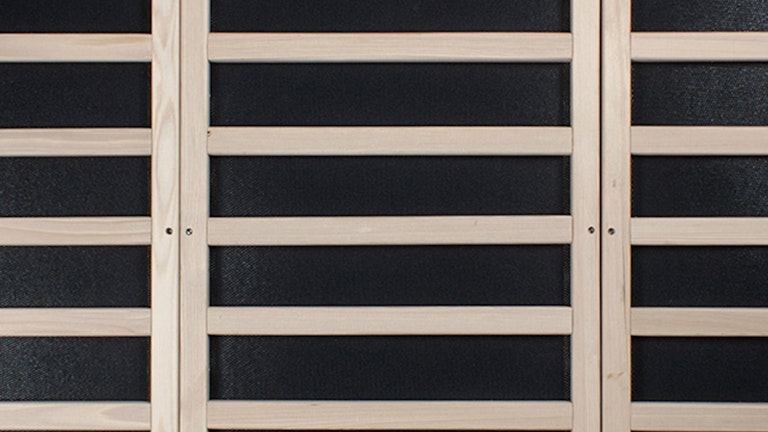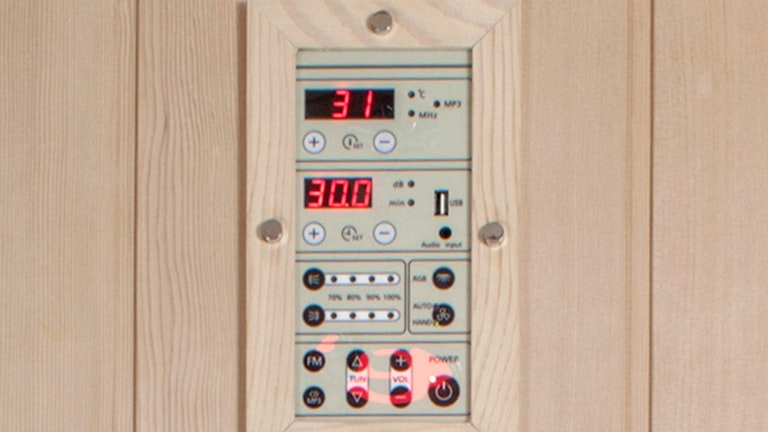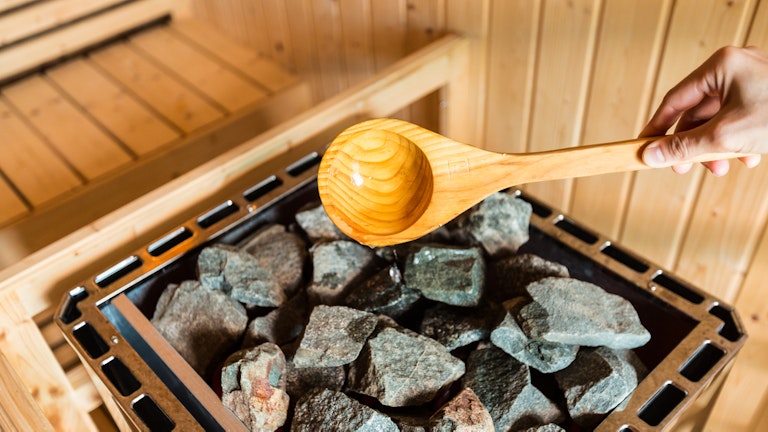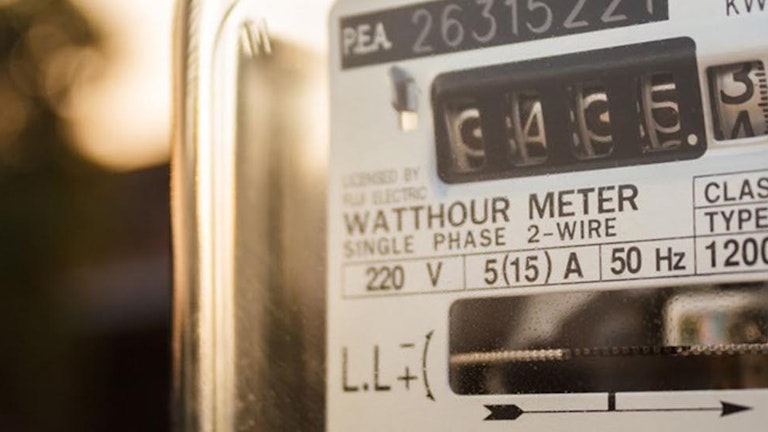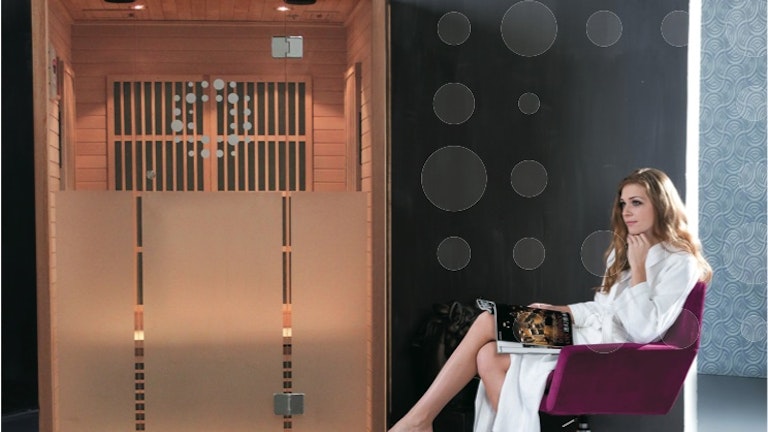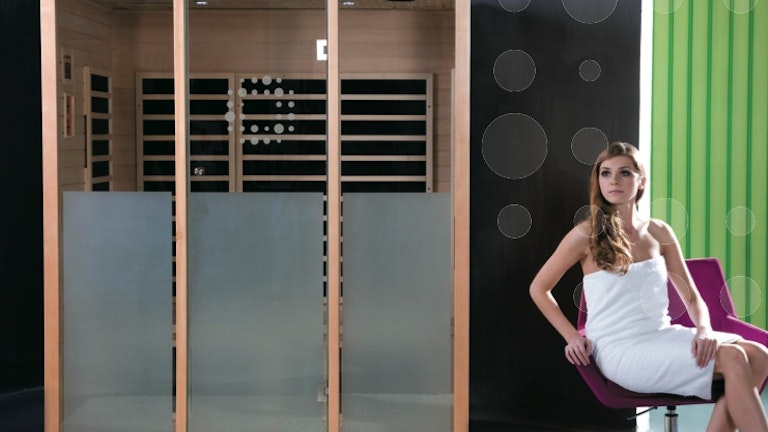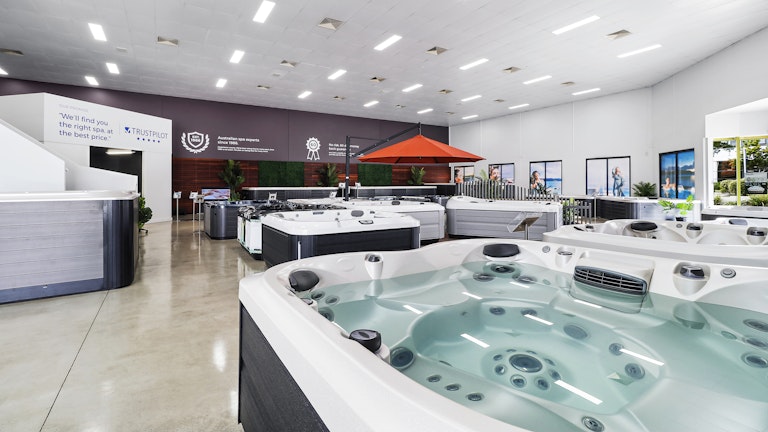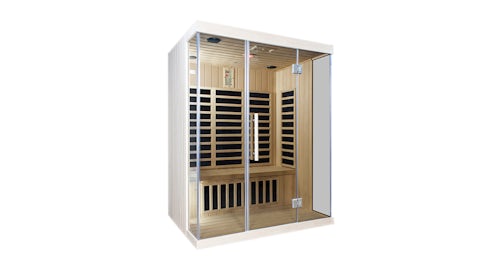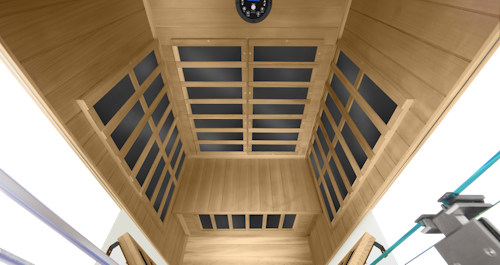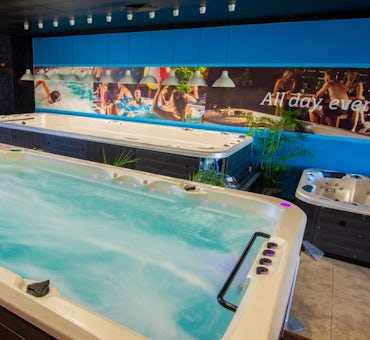With their unique wellness advantages, traditional steam saunas and infrared saunas let you pick the perfect option for your needs.
While Spa World does not currently stock traditional steam saunas, our expertise in wellness products, including infrared saunas gives us a deep understanding of the differences between these two popular options.
In this article, we’ll break down the benefits, features, and considerations of both traditional steam and infrared saunas to help you decide which one is the right choice for you.
Key Takeaways
- Heating & Temperature. Traditional saunas use steam at 70-85°C, while infrared saunas provide gentler, direct heat at 46-57°C.
- Health Benefits. Both reduce stress and aid recovery, but infrared saunas offer added detox and cardiovascular benefits.
- Efficiency & Maintenance. Infrared saunas heat up faster, cost less to run, and require less cleaning than traditional saunas.
- Cost & Installation. Infrared saunas ($2,500-$10,000) are cheaper and easier to install than traditional saunas ($10,000-$30,000).
- Experience. Traditional saunas are hot and steamy for short sessions, while infrared saunas are dry and relaxing for longer use.
